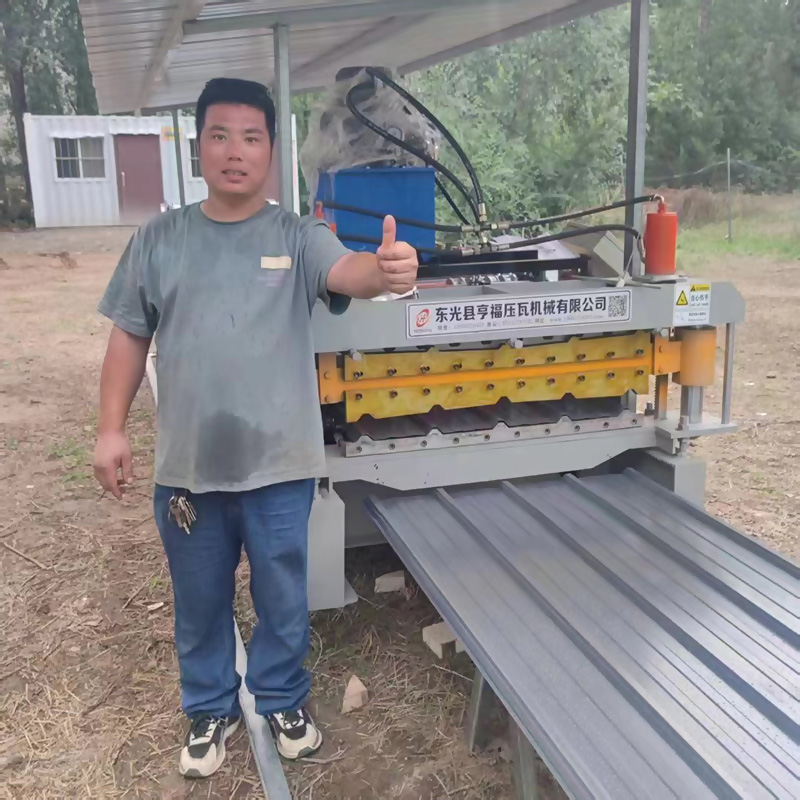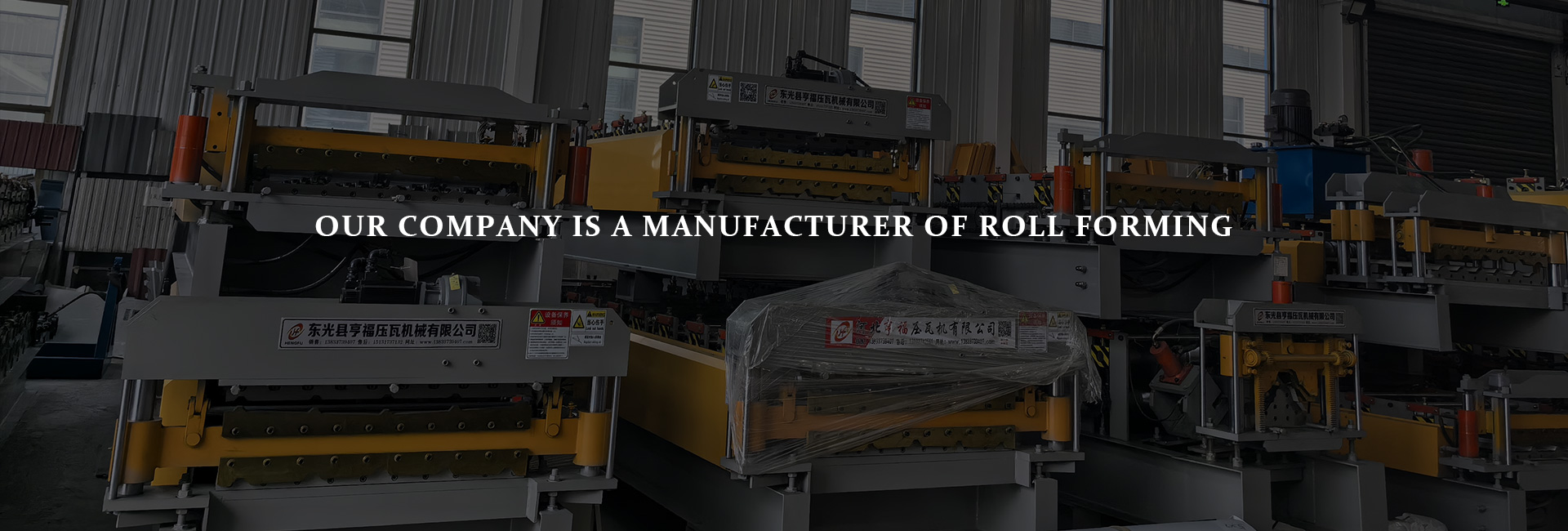How to Optimize the Production Process of Roll Forming Machines
writer:Hengfu release time:2024-09-28 22:14:54 Views:93frequency
In manufacturing, the roll forming machine plays a key role in enhancing production efficiency and product quality. To maximize the productivity of the machine, optimizing the production process is essential. This article explores methods to improve production processes through technology advancements, increasing equipment efficiency, and refining operational procedures. These strategies will help increase overall production capacity and economic benefits.

I. Key Stages of the Production Process
1. Raw Material Preparation
Ensuring the quality and specifications of raw materials meet production requirements is critical to avoid issues later in the process. Optimizing procurement and storage procedures helps reduce waste and costs.
2. Equipment Setup
Set the roll forming machine's operating parameters—such as temperature, pressure, and speed—correctly to ensure optimal performance. Regular inspections and calibration can prevent quality issues caused by improper settings.
3. Production Scheduling
Efficiently scheduling production tasks and optimizing production plans avoids bottlenecks and wasted resources. Analyzing data and forecasting market demand allow you to adjust production schedules accordingly.
4. Product Inspection
Real-time monitoring and quality inspection during the production process ensure that products meet quality standards. Using advanced inspection tools and techniques improves the accuracy and efficiency of quality checks.
II. Strategies for Enhancing Equipment Efficiency
1. Regular Maintenance and Care
Develop a maintenance schedule that includes regular cleaning, lubrication, and part replacements to ensure stable long-term operation and reduce malfunctions.
2. Technological Upgrades
Incorporating new technologies, such as intelligent control systems and automation, can improve both production efficiency and product quality. Upgrading hardware and software enhances the machine’s capabilities.
3. Operator Training
Provide systematic training for operators to improve their operational skills and problem-solving abilities. Skilled operators can better adjust equipment settings, further optimizing the production process.
4. Process Optimization
Analyze bottlenecks and inefficiencies in the production process to make improvements. For example, reducing die changeover times and increasing automation can significantly boost production efficiency.
III. Specific Measures to Improve Production Processes
1. Automated Control Systems
Implement automated control systems to minimize human intervention and increase production precision and efficiency. These systems can monitor the machine’s status in real-time and automatically adjust parameters to maintain production stability.
2. Lean Manufacturing Methods
Apply lean manufacturing techniques, such as 5S management and Kaizen, to optimize processes. By eliminating waste, improving efficiency, and enhancing the work environment, production processes can be continuously improved.
3. Data Analysis and Monitoring
Utilize data analysis tools to track key production metrics, such as machine uptime, production efficiency, and failure rates. Identifying issues through data analysis can help optimize the production process.
4. Material Flow Optimization
Streamline material flow by reducing handling and transfer times. Proper layout of production lines and storage areas can lower material handling costs and improve efficiency.
5. Quality Management Systems
Establish a comprehensive quality management system, including raw material inspection, process control, and product testing. Ensuring each step meets quality standards enhances consistency and reliability.
IV. Case Studies
1. Case Study 1: Automation System Implementation
Background: A manufacturing company introduced an automation control system to its production line.
Outcome: Automation reduced human intervention and operational errors, increasing production efficiency by 20% and significantly improving product stability.
2. Case Study 2: Lean Manufacturing Application
Background: Another company applied lean manufacturing methods to optimize its production processes.
Outcome: By implementing 5S management and Kaizen improvements, material handling time was reduced by 30%, production efficiency increased by 15%, and production costs decreased by 10%.
V. Conclusion
Optimizing the production process of a roll forming machine not only improves efficiency but also enhances product quality and reduces production costs. By focusing on technology upgrades, regular maintenance, refining operations, and continuous improvement in production management, companies can maximize their production capabilities and achieve higher economic benefits. Understanding key process stages, applying automation technology, refining operations, and striving for continuous improvement are the critical steps to process optimization.
If you need further insights on optimizing your roll forming machine's production process or have any related inquiries, feel free to contact us. We offer professional solutions and services.







